Top 10 Materials with the Highest Thermal Conductivity in the World
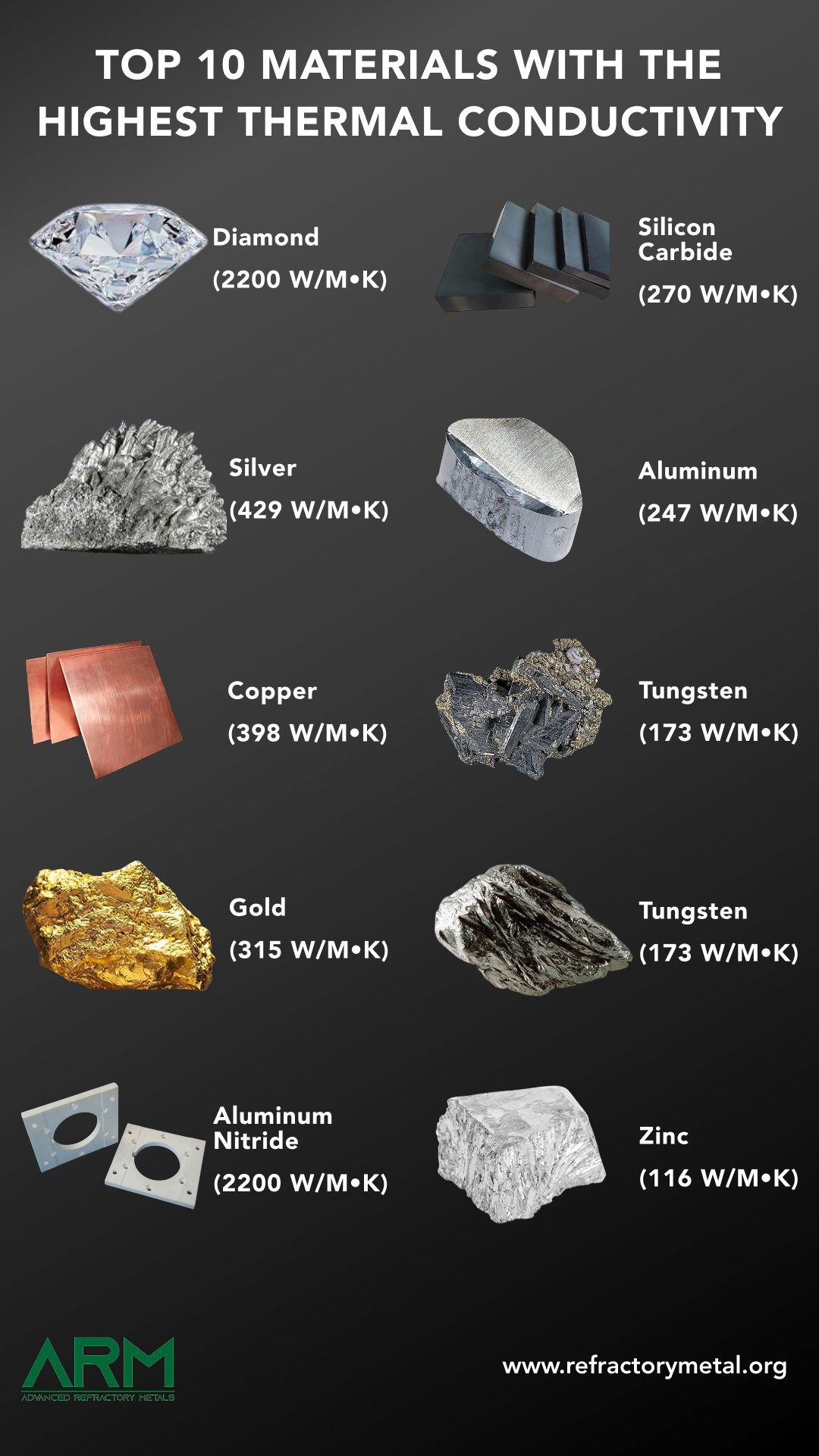
What Is Thermal Conductivity?
Thermal conductivity (denoted by k, λ, or κ) refers to a material's ability to conduct heat at specific temperature and pressure, and it is measured in W/m•K (watts per meter-Kelvin). Highly thermally conductive materials are used to make heat sinks. Materials that transfer heat slowly act as excellent insulators. Different materials have different thermal conductivity. Air has a low conductivity of 0.024 W/m•K at 0°C, while metals like silver (429 W/m•K) and copper (398 W/m•K) stand out for their heat transfer ability. In this article, we are going to explore the top 10 materials with the highest thermal conductivity and their applications. Here we use averages and remember these values are influenced by temperature, pressure, and other factors.

Top 10 Thermally Conductive Materials
1. Diamond (2200 W/m•K)
Diamond has the highest thermal conductivity, which is 5 times that of copper (398 W/m•K). It has a simple molecular structure, so it transfers heat effectively and is widely used to make portable electronic devices. Diamond is also used as an additive to improve the thermal conductivity of other materials.
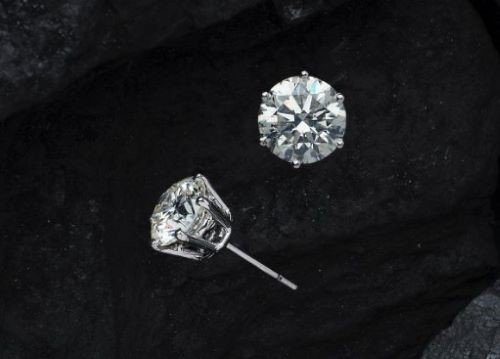
Diamond
2. Silver (429 W/m•K)
Silver has the best thermal conductive performance among metals. Additionally, it is abundant and quite malleable. Silver is commonly applied in the United States to make electrical tools and electronics.
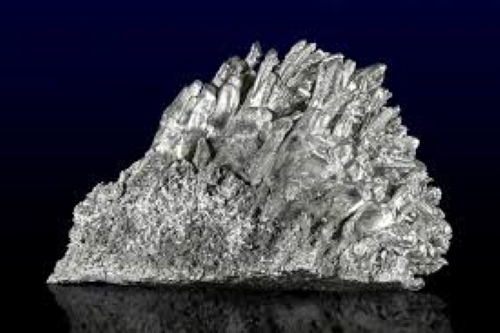
3. Copper (398 W/m•K)
Copper is also employed to make conductive devices for the following reasons. Apart from its high thermal conductivity, it has a high melting point, a low corrosion rate, and a cheaper price. Therefore, it is quite easy to find pans and pipes made from copper.
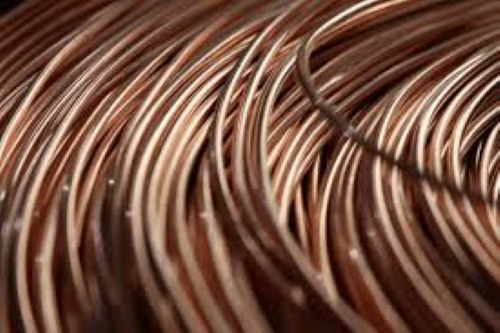
4. Gold (315 W/m•K)
Gold is rather expensive compared with other highly conductive metals. However, it could stand harsher conditions and rarely corrodes.
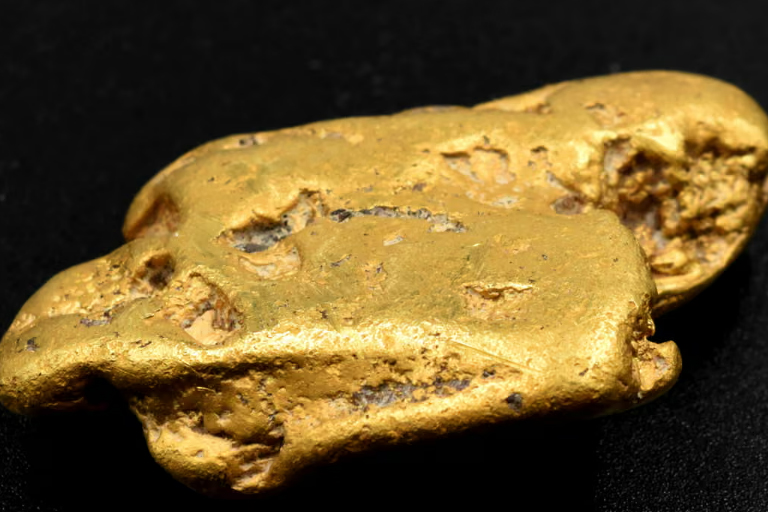
5. Aluminum Nitride (310 W/m•K)
Aluminum nitride ceramic ranks 5th on the list. Nevertheless, it does not have good electrical conductivity like other materials with high thermal conductivity. It serves as an electrical insulator in mechanical chips.
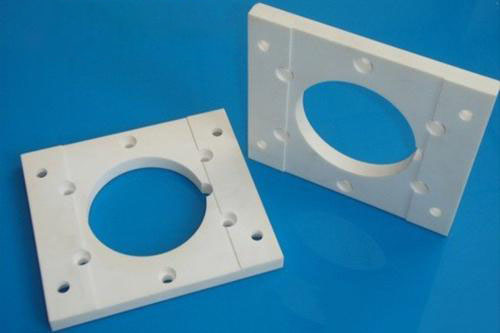
6. Silicon Carbide (270 W/m•K)
Silicon carbide takes the 6th place. By mixing silicon and carbon together, an extremely strong and durable material is formed to manufacture car brakes and turbine machines.
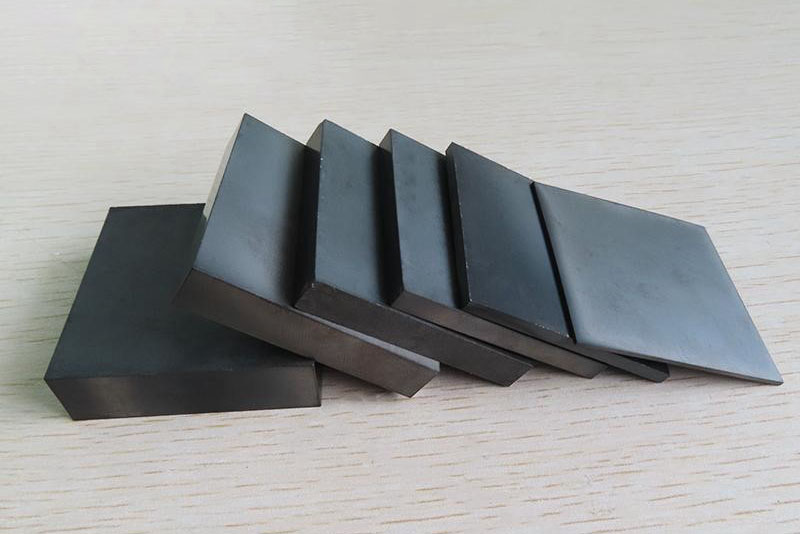
7. Aluminum (247 W/m•K)
Aluminum is the 7th highly thermally conductive material. It is a substitute for copper due to the following features. First, it has large resources. In addition, it is easy to manipulate thanks to its low melting point. Thus, aluminum takes the place of copper at a lower cost, and it is applied to make components of light-emitting diodes.
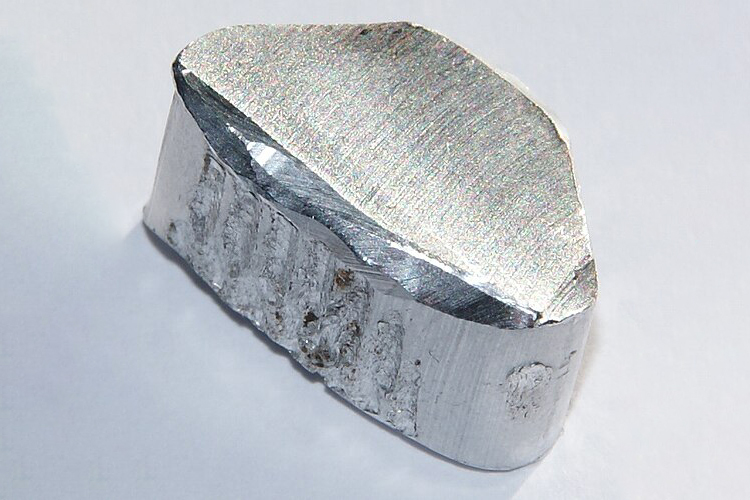
8. Tungsten (173 W/m•K)
Tungsten has a relatively high thermal conductivity of 173 W/m•K. Because of its chemical inertness, it does not change electrical currents or generate negative effects when used in electrodes. Tungsten is also used as a component of cathode ray tubes.
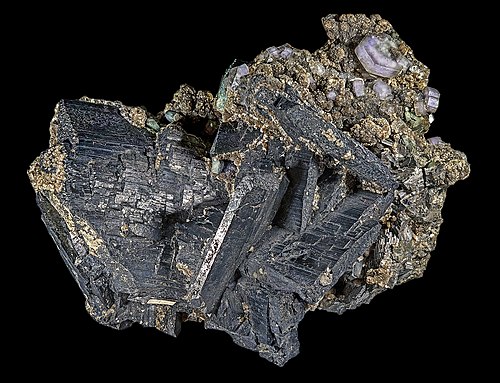
9. Graphite (168 W/m•K)
Carbon in the form of graphite is a cost-effective and light-weighted material with high thermal conductivity. It is frequently used to make batteries and other appliances.
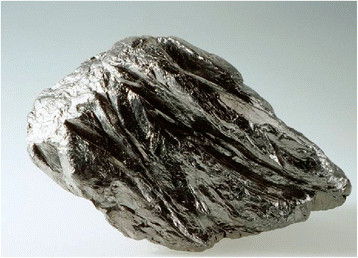
10. Zinc (116 W/m•K)
Zinc is the 10th most highly conductive material. It is usually combined with other metals to get better thermal performance. For instance, galvanizing uses 40% of pure zinc. (In galvanizing, a zinc coating is applied on the surface of iron or steel to protect metal against corrosion.)
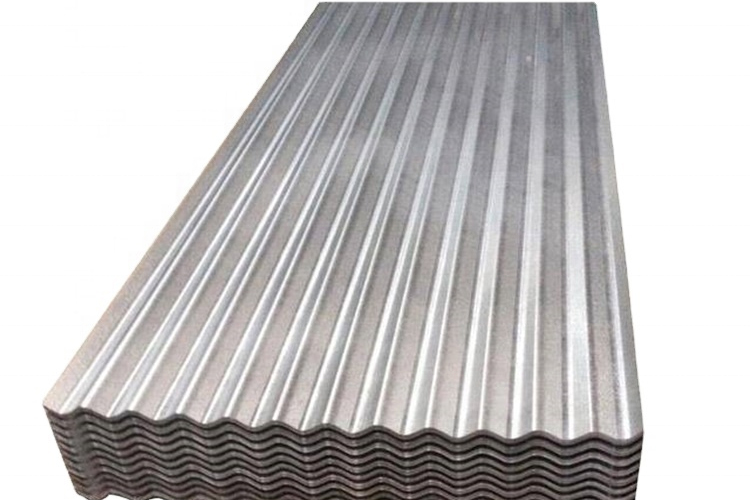
Thermal Conductivity of Common Materials
|
Material |
Thermal Conductivity (W/m·K) |
Notes |
|
Silver |
429 |
Highest of all metals |
|
Copper |
398 |
Widely used in heat exchangers and electronics |
|
Gold |
315 |
Excellent, but costly |
|
Aluminum |
237 |
Lightweight and good conductor |
|
Tungsten |
173 |
High melting point; used in high-temp applications |
|
Zinc |
116 |
Moderate conductor; corrosion-resistant |
|
Iron |
80 |
Common structural metal |
|
Nickel |
90 |
Moderate conductivity |
|
Brass |
~109 |
Alloy of copper and zinc |
|
Titanium |
21.9 |
Low conductivity compared to other metals |
|
Stainless Steel (304) |
~16 |
Lower due to alloying elements |
|
Carbon Steel |
~45 |
Moderate; varies by grade |
|
Silicon (single crystal) |
~150 |
Used in electronics and semiconductors |
|
Silicon Carbide (SiC) |
~120–270 |
Varies by type; used in power electronics |
|
Boron Nitride (h-BN) |
~60–200 |
High thermal, electrically insulating |
|
Glass |
~1 |
Poor conductor |
|
Ceramic (Alumina) |
~20–30 |
Used as insulating substrate |
|
Air |
0.024 |
Extremely low; used as insulation |
|
Water |
0.6 |
Higher than most non-metals |
|
Wood (dry) |
~0.12 |
Varies with grain, moisture |
|
Polystyrene Foam |
~0.03 |
Thermal insulator (e.g., Styrofoam) |
Conclusion
There are lots of highly thermally conductive materials, and most of them are metals. We have discussed their specific features and usages. Hope that you can have a better understanding of these materials and the concept of thermal conductivity. Advanced Refractory Metals provides quality metals and alloys of different sizes and shapes within a short lead time. You can check our website for your inquiry.
Reference:
- Aluminum. (2025, November 15). In Wikipedia.
- Britannica (2025, October 31). Silver. Retrieved November 27, 2025.
- Murray, J. (2024, March 20). England's largest gold nugget found in Shropshire with faulty metal detector. Retrieved November 27, 2025.
- Reuters (2025, November 24). UBS raises copper outlook as mine disruptions deepen supply deficits. Retrieved November 27, 2025.
- Strativnov, Eugene. (2015). Design of Modern Reactors for Synthesis of Thermally Expanded Graphite. Nanoscale Research Letters. 10. 10.1186/s11671-015-0919-y.
- Wolframite. (2025, October 20). In Wikipedia.
{{item.content}}
LEVE A REPLY
{{item.children[0].content}}
{{item.content}}






